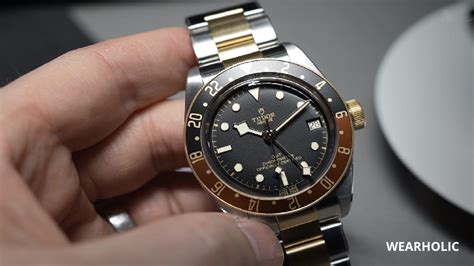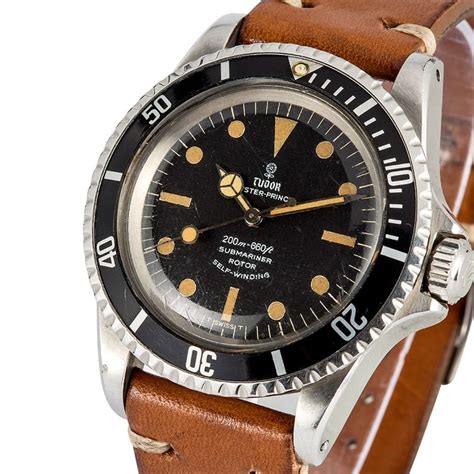do tudor watches have rolex movements | tudor watches owned by rolex do tudor watches have rolex movements Like many watch brands, Tudor and Rolex have also been spotted using watch movements from external manufacturers. The very early Rolex Daytona’s also featured Valjoux chronograph movements, instead of their own . Dzīvoklis S, SIA +371 67942534 Skolas 10- 34. kab., 5. stāvs, SALASPILS NOV., SALASPILS, LV-2121
0 · who owns tudor watches
1 · tudor watches owned by rolex
2 · tudor and rolex relationship
3 · rolex tudor oyster prince watch
4 · how accurate are tudor watches
5 · does rolex make tudor watches
6 · do tudor watches use rolex
7 · difference between rolex and tudor
Winged Kuriboh LV10 +. This card can be searched by "Transcendent Wings", "Performapal Barokuriboh", "Skilled Brown Magician", "Kuriboo", "Generation Next", "Cyber Angel Benten", "Sky Scourge Cidhels", "Celestial Knightlord Parshath", "Victorica, Angel of Bravery", "Power Angel Valkyria", "Lyna the Light Charmer.
Notably, however, many Tudor watches do feature in-house movements — .Tudor’s in-house movements and Rolex’s latest generation of 32xx series, in-house calibers have several similarities, despite being from “different” manufacturers. Both movements use variable inertia balances with non . Tudor watches initially used ETA movements, while Rolex has relied exclusively on high-quality in-house movements since its founding. However, Tudor has now emerged from the shadow of Rolex and also . Even though Tudor watches don’t always have all the same features that Rolex .

Like many watch brands, Tudor and Rolex have also been spotted using watch movements from external manufacturers. The very early Rolex Daytona’s also featured Valjoux chronograph movements, instead of their own .Indeed, the first Tudor watches were often equipped with Rolex parts, such as crowns, cases and bracelets. They weren’t, however, equipped with Rolex movements, relying on external suppliers like ETA, which is why Tudor . The short answer is yes, Tudor has been using Rolex movements in some of their watches since the 1990s. The relationship between Tudor and Rolex goes back several decades. In the early days, Tudor used movements from various suppliers, including Valjoux and ETA. Notably, however, many Tudor watches do feature in-house movements — developed and produced entirely separately from Rolex movements. This is a relatively new development for the brand that we’ve seen implemented more and more in recent years, ever since Tudor founded its manufacturing partner Kenissi in 2015 for this express purpose.
Tudor’s in-house movements and Rolex’s latest generation of 32xx series, in-house calibers have several similarities, despite being from “different” manufacturers. Both movements use variable inertia balances with non-magnetic hairsprings, both have bearing-mounted, bidirectional-winding rotors, and both offer power reserves of .It is also the same beat rate that Rolex uses for their movements. The Tudor in-house calibers are also regulated by a variable inertia oscillator with a silicon balance spring, held in place by a traversing bridge – a guarantee of its robustness. Tudor watches initially used ETA movements, while Rolex has relied exclusively on high-quality in-house movements since its founding. However, Tudor has now emerged from the shadow of Rolex and also produces its own in-house movements. Even though Tudor watches don’t always have all the same features that Rolex watches have, Tudor watches perform just as well. The time-keeping capabilities of Tudor watches are similar to that of modern Rolex models prior to the most recent 32XX movements (that is, with -4/+6 seconds per day precision).
who owns tudor watches
Like many watch brands, Tudor and Rolex have also been spotted using watch movements from external manufacturers. The very early Rolex Daytona’s also featured Valjoux chronograph movements, instead of their own movements.
Indeed, the first Tudor watches were often equipped with Rolex parts, such as crowns, cases and bracelets. They weren’t, however, equipped with Rolex movements, relying on external suppliers like ETA, which is why Tudor watches have always been more competitively priced. While both Rolex and Tudor have evolved significantly over the years, one aspect that has always set them apart is their movements. In this article, we delve deep into the heart of these timepieces to explore the intricacies that distinguish Rolex and Tudor movements.
Since the brand’s inception, Tudor watches have been made at Rolex, from the very same case materials and featuring many of the same technological innovations, with one exception. Where each Rolex featured a complex in-house movement, Tudors (until very recently) featured less expensive, off-the-shelf movements from other Swiss brands. The short answer is yes, Tudor has been using Rolex movements in some of their watches since the 1990s. The relationship between Tudor and Rolex goes back several decades. In the early days, Tudor used movements from various suppliers, including Valjoux and ETA. Notably, however, many Tudor watches do feature in-house movements — developed and produced entirely separately from Rolex movements. This is a relatively new development for the brand that we’ve seen implemented more and more in recent years, ever since Tudor founded its manufacturing partner Kenissi in 2015 for this express purpose.Tudor’s in-house movements and Rolex’s latest generation of 32xx series, in-house calibers have several similarities, despite being from “different” manufacturers. Both movements use variable inertia balances with non-magnetic hairsprings, both have bearing-mounted, bidirectional-winding rotors, and both offer power reserves of .
tudor watches owned by rolex
It is also the same beat rate that Rolex uses for their movements. The Tudor in-house calibers are also regulated by a variable inertia oscillator with a silicon balance spring, held in place by a traversing bridge – a guarantee of its robustness.
Tudor watches initially used ETA movements, while Rolex has relied exclusively on high-quality in-house movements since its founding. However, Tudor has now emerged from the shadow of Rolex and also produces its own in-house movements. Even though Tudor watches don’t always have all the same features that Rolex watches have, Tudor watches perform just as well. The time-keeping capabilities of Tudor watches are similar to that of modern Rolex models prior to the most recent 32XX movements (that is, with -4/+6 seconds per day precision).
replica patek philippe watches for sale
Like many watch brands, Tudor and Rolex have also been spotted using watch movements from external manufacturers. The very early Rolex Daytona’s also featured Valjoux chronograph movements, instead of their own movements.Indeed, the first Tudor watches were often equipped with Rolex parts, such as crowns, cases and bracelets. They weren’t, however, equipped with Rolex movements, relying on external suppliers like ETA, which is why Tudor watches have always been more competitively priced.
While both Rolex and Tudor have evolved significantly over the years, one aspect that has always set them apart is their movements. In this article, we delve deep into the heart of these timepieces to explore the intricacies that distinguish Rolex and Tudor movements.
tudor and rolex relationship
rolex tudor oyster prince watch
how accurate are tudor watches
does rolex make tudor watches

Nicolas Ghesquière a présenté la collection Louis Vuitton Femme Printemps-Été 2024 lors d'un défilé au 103 avenue des Champs-Élysées à Paris, lundi 2 octobre 2023. Looks Ponctuée de rayures graphiques et de motifs sublimés, la collection mêle l’essence même du chic parisien à des influences vintage.
do tudor watches have rolex movements|tudor watches owned by rolex
























